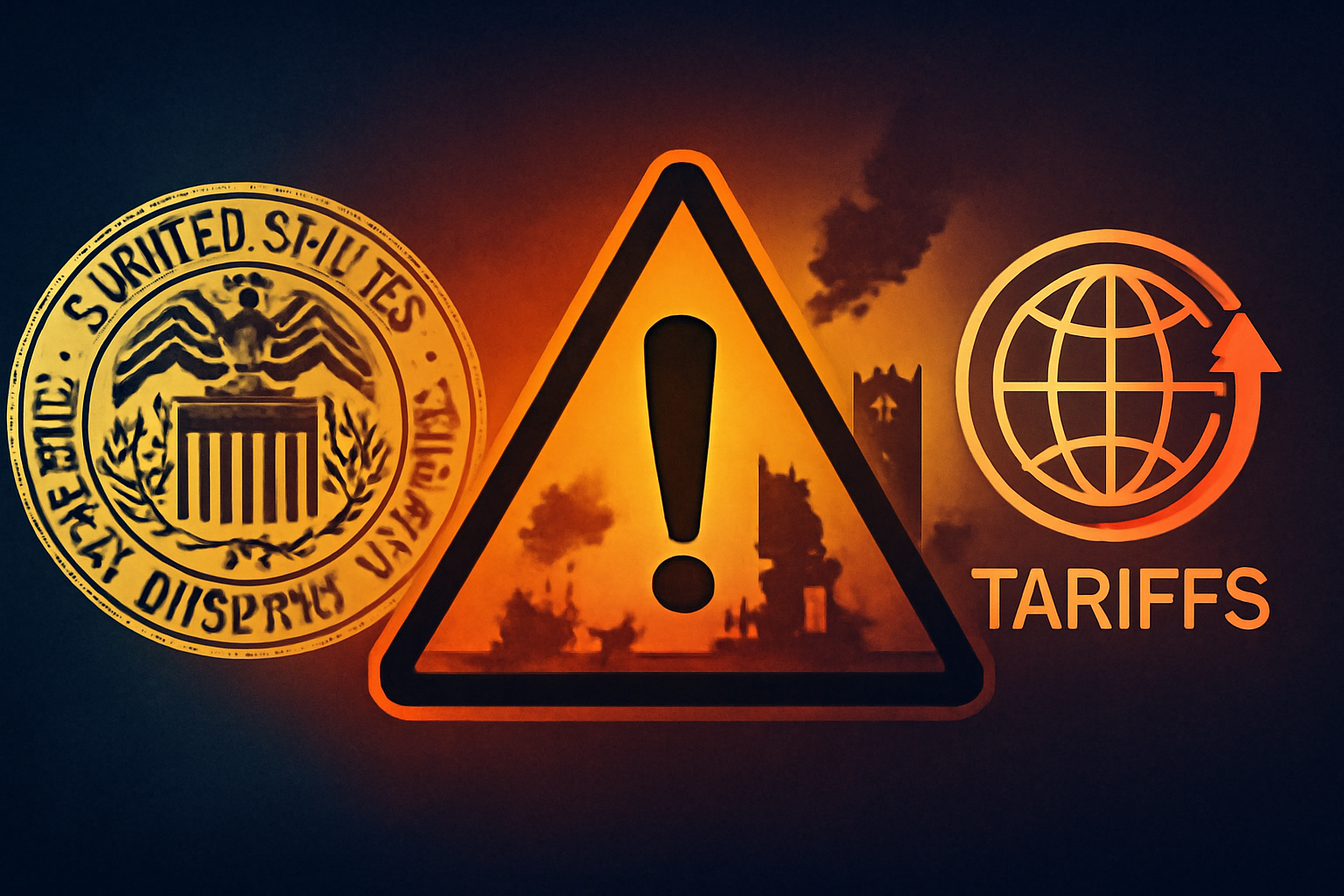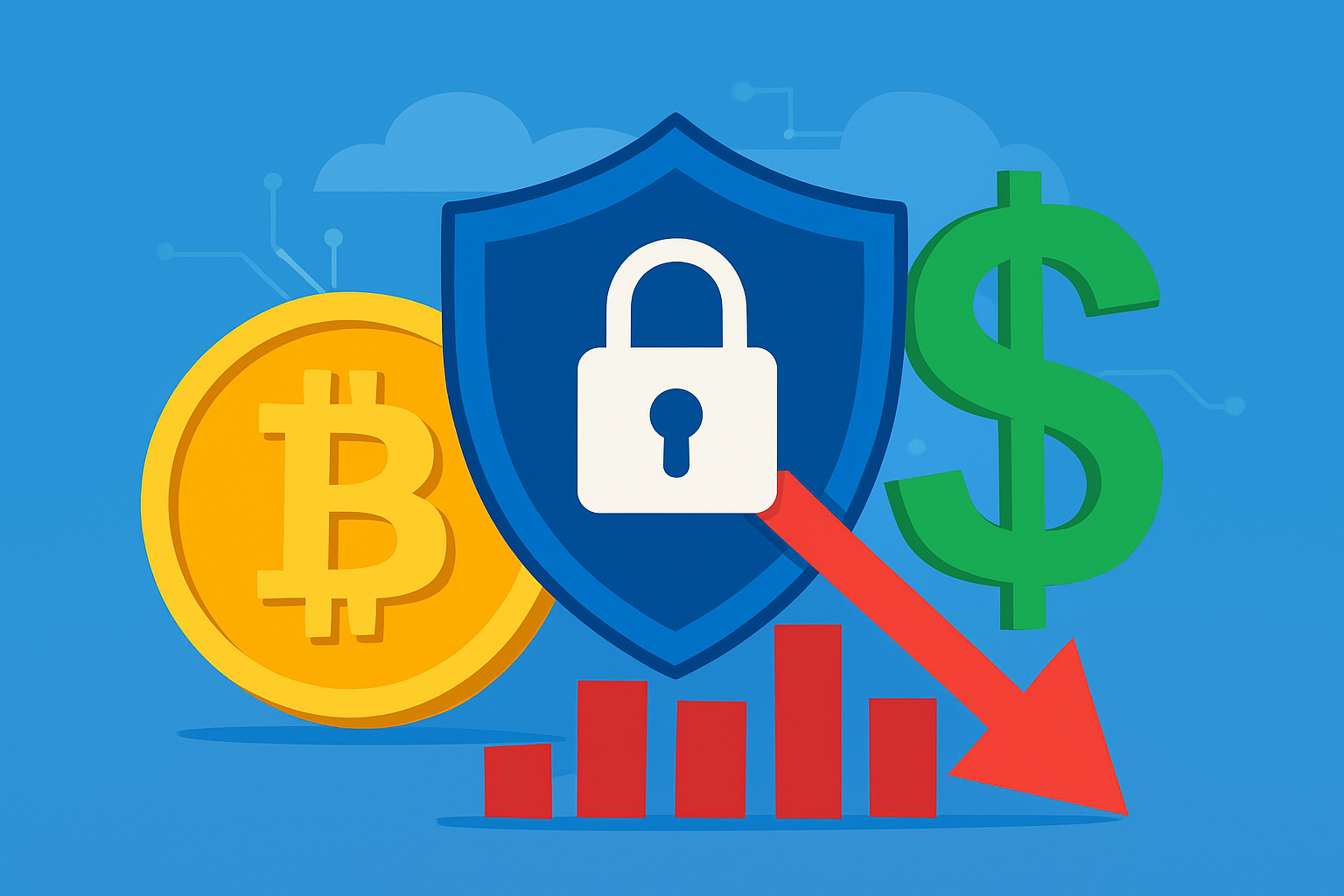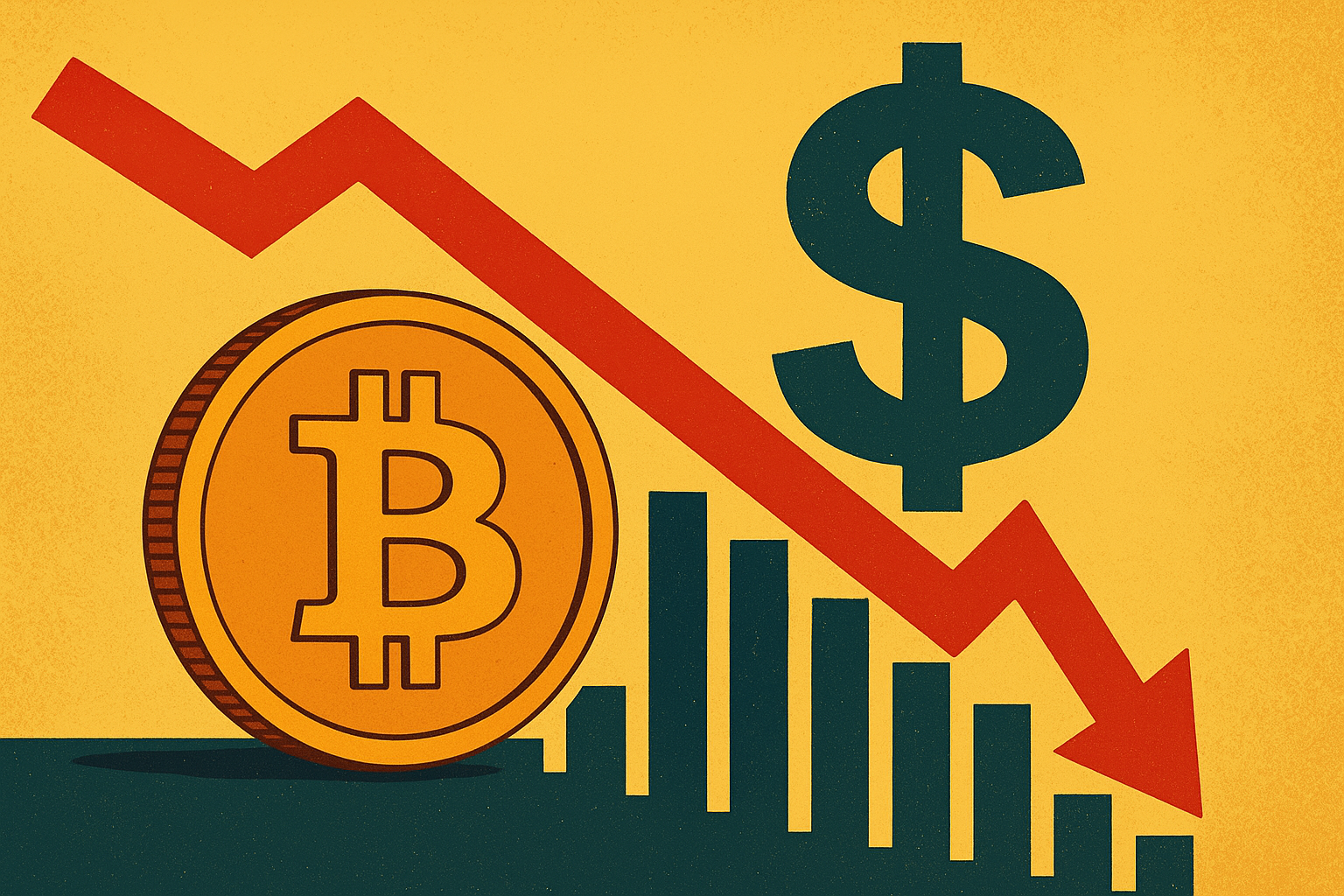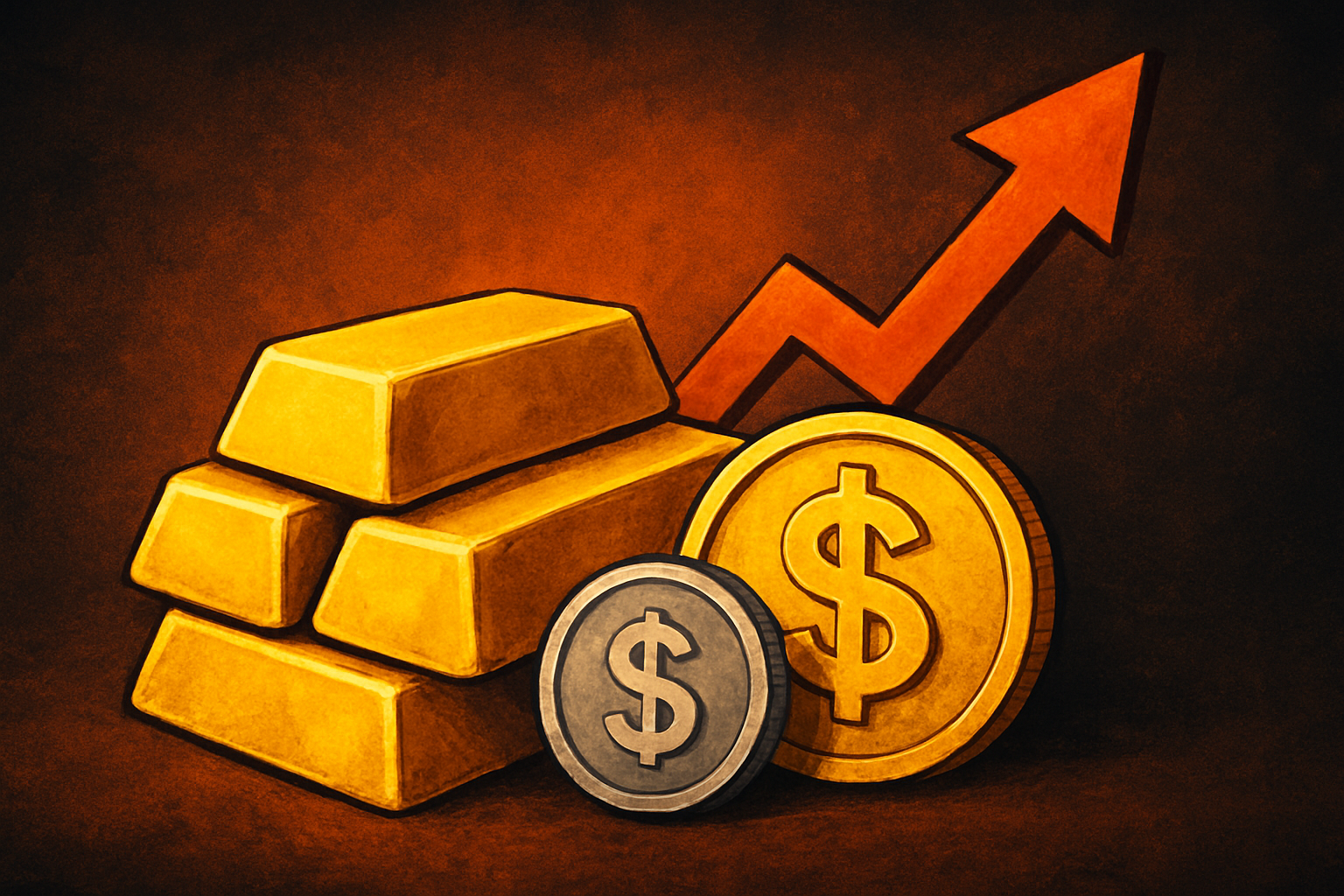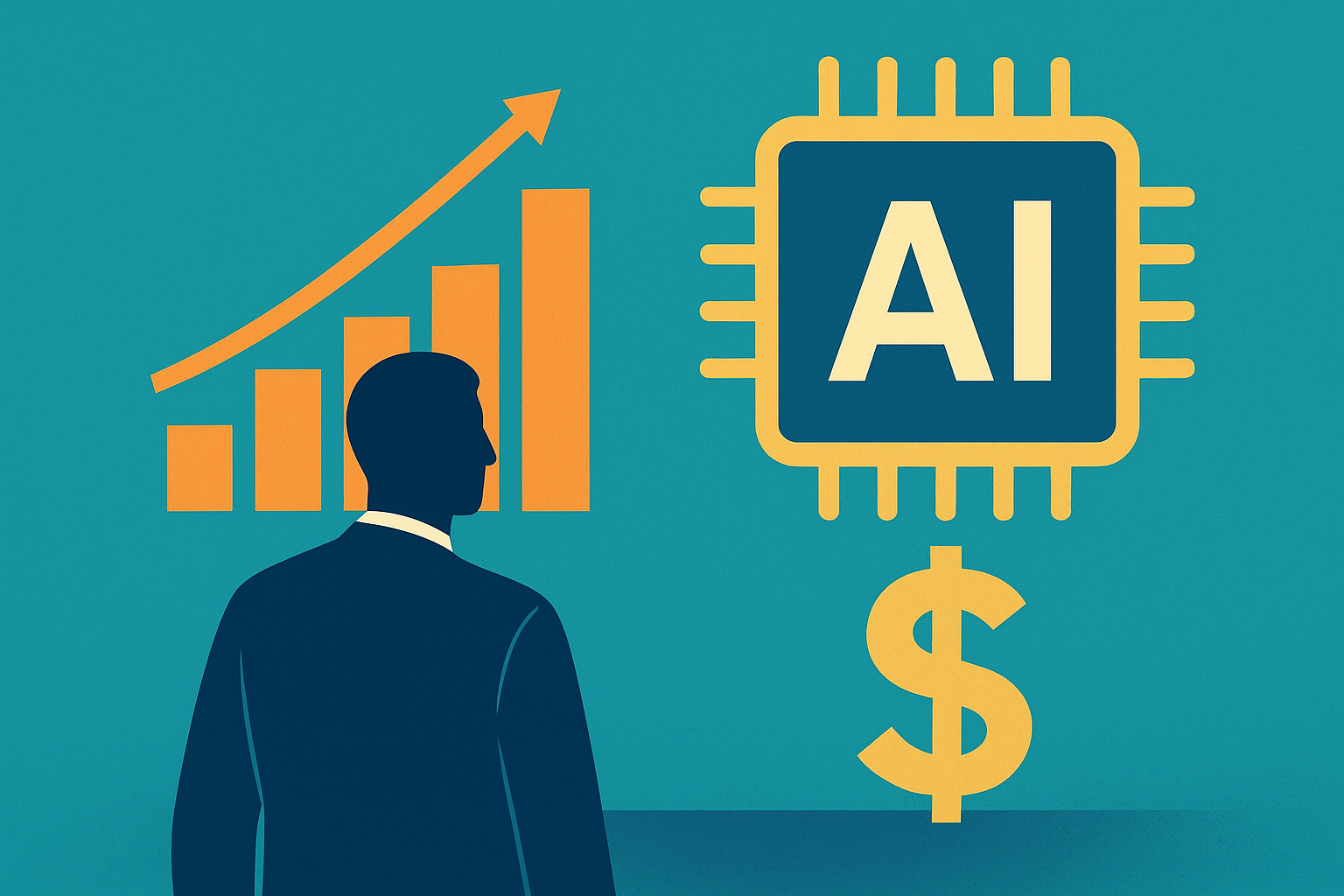As the global economy grapples with increasing geopolitical tensions and the continuing uncertainty around U.S. trade policies, the Federal Reserve (Fed) is stepping into the spotlight once again. Fed policymakers are meeting amidst escalating tensions in the Middle East and growing concerns about the U.S. economy’s stability. With widespread speculation that the central bank may hold interest rates steady, investors are closely monitoring these discussions to assess how monetary policy decisions will impact market liquidity and economic stability.
The Fed’s Role in Navigating Geopolitical Risks
With the Middle East facing rising tensions and the possibility of trade disruptions, investors are anxious about how these geopolitical risks will affect U.S. economic growth. The Federal Reserve’s decisions on interest rates, monetary policy, and liquidity are crucial for shaping investor sentiment and market conditions. While the Fed’s primary responsibility is to manage U.S. inflation and employment, it also must consider the broader economic climate—especially when external factors such as geopolitical instability or trade tensions impact financial markets.
The meeting comes at a time when trade policies, particularly tariffs, are creating significant uncertainty. President Biden’s administration continues to evaluate its stance on tariffs with key trade partners, particularly China. The evolving trade environment has led to volatility in global markets, as investors try to gauge the potential economic fallout from tariff increases or trade wars. The Fed will likely continue to assess the impact of these policies on domestic inflation, business investment, and consumer spending.
Why This Matters for Investors
The outcome of the Fed’s policy discussions is of critical importance to investors for several reasons:
- Interest Rates and Economic Stability: Investors are closely watching whether the Fed will maintain its current interest rates, which have remained relatively low for some time. Low rates are generally favorable for economic expansion, as they encourage borrowing and spending. However, if the Fed decides to raise rates, it could slow down economic activity and dampen market sentiment.
- Liquidity and Market Sentiment: The Fed plays a key role in maintaining market liquidity. A tightening of monetary policy could lead to reduced liquidity in financial markets, particularly in the bond and equity markets. A shift in policy could also lead to volatility in sectors that rely heavily on easy credit, such as real estate and technology. Investors should keep a close eye on any signals regarding tightening monetary policy, as these could significantly impact portfolio returns in the short to medium term.
- Geopolitical Risks and Inflation: Geopolitical risks, particularly from the Middle East, could affect oil prices and global supply chains, leading to higher inflation. Rising commodity prices and supply chain disruptions could drive up costs for U.S. businesses and consumers, increasing inflationary pressures. The Fed may decide to adopt a more cautious approach to interest rate hikes if inflation expectations rise significantly.
- Impact on Specific Sectors: Certain sectors are particularly sensitive to both geopolitical risks and monetary policy decisions. For example, energy stocks are often directly impacted by oil price fluctuations, which could be exacerbated by Middle East tensions. Likewise, industries that depend on international trade, such as manufacturing and agriculture, could be affected by trade policies and tariffs. Investors should be mindful of these sector-specific risks and consider diversifying their portfolios to mitigate potential impacts.
Future Trends to Watch
As the Fed navigates these uncertain waters, several key trends will help shape its policy decisions moving forward:
- Global Trade and Tariffs: The ongoing tension between the U.S. and China regarding trade policies and tariffs remains one of the biggest risks to the global economy. Investors should monitor any shifts in U.S. trade policies that could impact the cost of goods, corporate earnings, and global supply chains.
- Oil Prices and Inflation: Rising geopolitical tensions in the Middle East could lead to disruptions in oil production and transportation, potentially driving up prices. Increased oil prices could fuel broader inflationary pressures, pushing the Fed to adjust its policy stance.
- Economic Growth Indicators: Investors should watch for signs of slowing economic growth, especially in key sectors such as manufacturing, services, and consumer spending. The Fed may adjust its policy to support growth if it detects signs of an economic slowdown or recession.
- U.S. Dollar and Foreign Exchange Markets: Geopolitical instability often leads to shifts in currency markets. The value of the U.S. dollar could fluctuate as investors move assets into or out of the U.S. depending on their outlook for the economy. A weaker dollar could benefit U.S. exports, while a stronger dollar could hurt global competitiveness.
Key Investment Insight
The uncertainty surrounding the Fed’s decision-making process in the context of geopolitical risks and trade policy is a crucial factor for investors to consider. Maintaining a diversified portfolio that is positioned to handle potential volatility is key. Focus on sectors that are less sensitive to interest rates and geopolitical tensions, such as healthcare, utilities, and consumer staples. In contrast, industries like energy, industrials, and international trade-dependent sectors may face more significant challenges if trade disputes escalate or if oil prices surge.
Investors should also consider the potential for fixed-income investments, such as bonds, to act as a hedge against market volatility. With the possibility of the Fed maintaining interest rates or even lowering them in response to economic uncertainty, bonds may provide stability in a time of heightened risk.
Stay Ahead with MoneyNews.Today
At MoneyNews.Today, we are committed to providing you with the latest insights and expert analysis to help you navigate an ever-changing financial landscape. Stay tuned for daily updates on critical events that could impact your investment strategies.
